Results
-
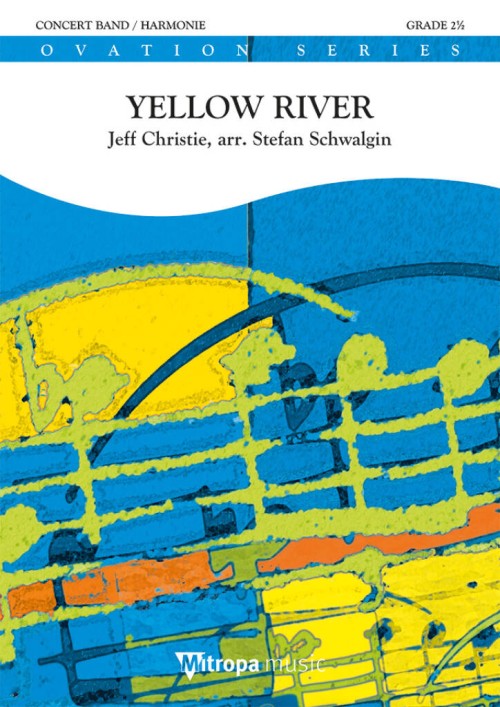 £76.99
£76.99Yellow River (Concert Band - Score and Parts) - Christie, Jeff - Schwalgin, Stefan
The little known English group Christie became famous overnight in 1970 when they released the record Yellow River. Yellow River is a Vietnam era song (a protest against the Vietnam War) and describes the wish of a soldier at the front to return home. Band leader, singer and composer Jeff Christie initially wrote the song for The Tremoloes, but as the group were uncertain about it he decided to record it himself. The result was a number one hit in over 25 countries! The catchy melody and beat were reason enough for Stefan Schwalgin to create this arrangement for concert band.Duration: 3.00
Estimated dispatch 7-14 working days
-
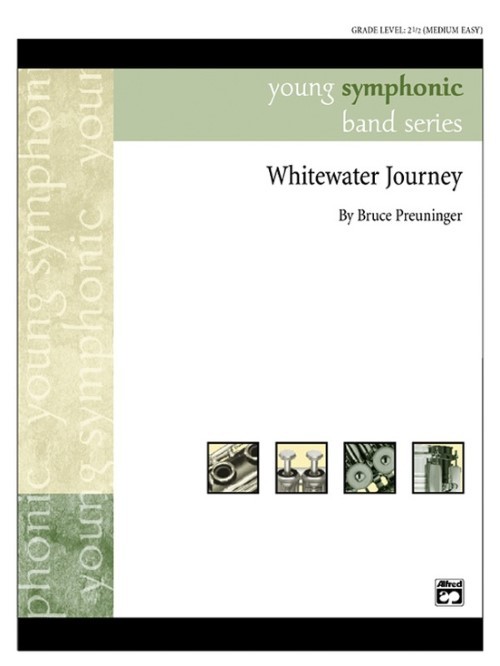 £50.50
£50.50Whitewater Journey (Concert Band - Score and Parts) - Preuninger, Bruce
Whitewater Journey takes both the performers and audience on an adventurous river-ride over foaming rapids and swiftly flowing currents. Midway through the trip, a gentle respite is encountered where the grandeur of the scenery can be appreciated, but soon the river again demands attention until the final destination is safely reached. Duration: 5.00
Estimated dispatch 7-14 working days
-
 £84.99
£84.99Bahn Frei (Concert Band - Score and Parts) - Strauss, Eduard - Van der Beek, Wil
Eduard Strauss, the third son of Johann Strauss the Elder, was born on March 15, 1835, in Vienna. Originally, Eduard looked for employment in the diplomatic service, but he also studied music theory. He became a harpist in the Strauss orchestra in 1855. In 1862, he joined his two famous brothers Johann Jr. and Josef as a conductor of the family orchestra. Like that of his two brothers, his musical output was prolific: he wrote over 320 separate dances and marches. Apart from the exuberant Bahn Frei (Track Clear), which he wrote in 1869, and a handful of other fast polkas (he excelled in this particular dance form), his music is not as well known as that of his brothers.Duration: 3:00
Estimated dispatch 7-14 working days
-
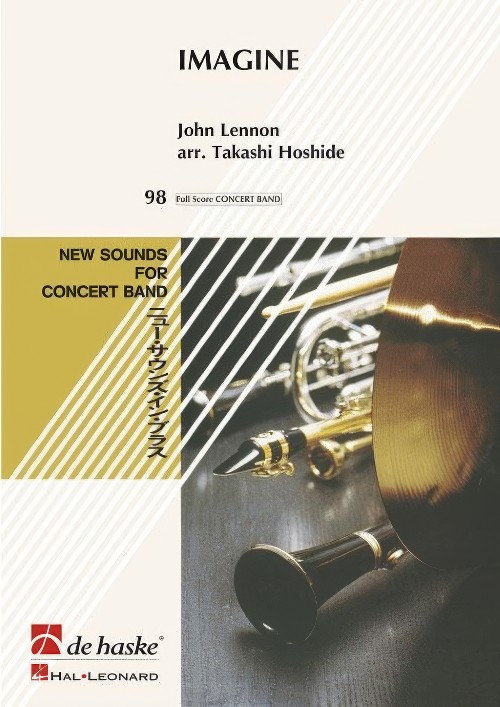 £110.99
£110.99Imagine (Concert Band - Score and Parts) - Lennon, John - Hoshide, Takashi
John Lennon's career was far from over when in April 1970, following the recording of the album Let It Be, the Beatles split up. This musically gifted and creative composer of many Beatles songs had a number of solo hits before he was tragically killed in 1980. Imagine was one of John Lennon's best songs and it remained in the charts long after his death. It is still not forgotten and is now thought of as a true pop classic. Takashi Hoshide has produced this attractive arrangement for concert band. Duration: 4.15
Estimated dispatch 7-14 working days
-
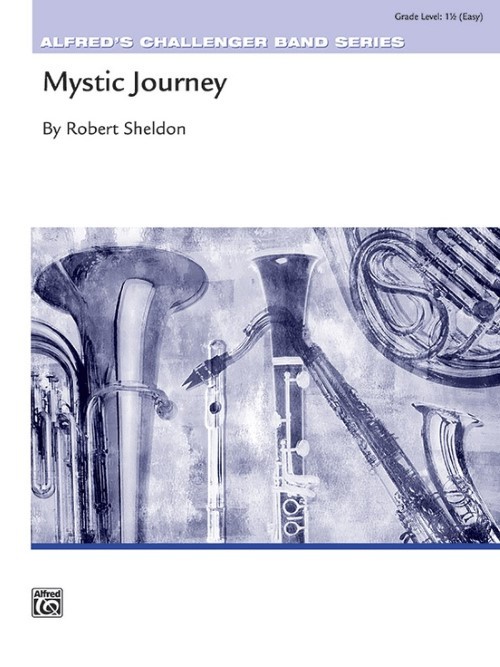 £49.95
£49.95Mystic Journey (Concert Band - Score and Parts) - Sheldon, Robert
Mystic Journey features a dark and ominous opening that leads to a very rhythmic and jungle-like dance. The scoring brings out wonderful colors that even young bands can express. The initial theme reappears before the dance rhythms once again take over, concluding the piece with a burst of energy. Duration: 2.45
Estimated dispatch 7-14 working days
-
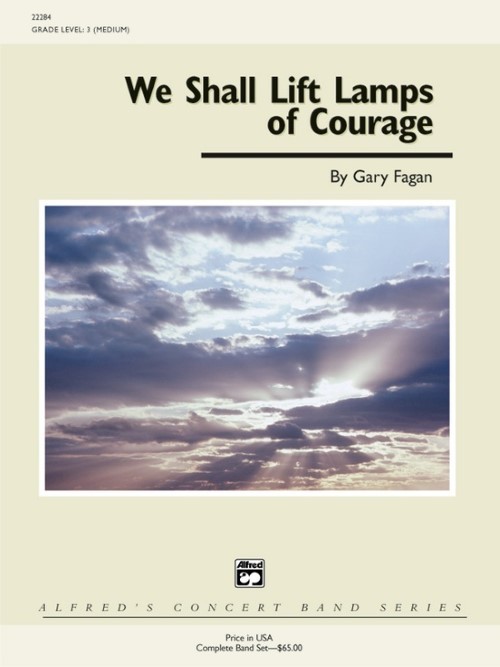 £62.95
£62.95We Shall Lift Lamps of Courage (Concert Band - Score and Parts) - Fagan, Gary
The title for this piece is taken from a quote made in 1942 by a member of the French Resistance movement that holds true as well today as it did over half a century ago: "A terrible darkness has fallen upon us, but we must not surrender to it. We shall lift lamps of courage and find our way through to the morning." Suitable as an opening number to your next concert, or as a festival selection. Duration: 5.30
Estimated dispatch 7-14 working days
-
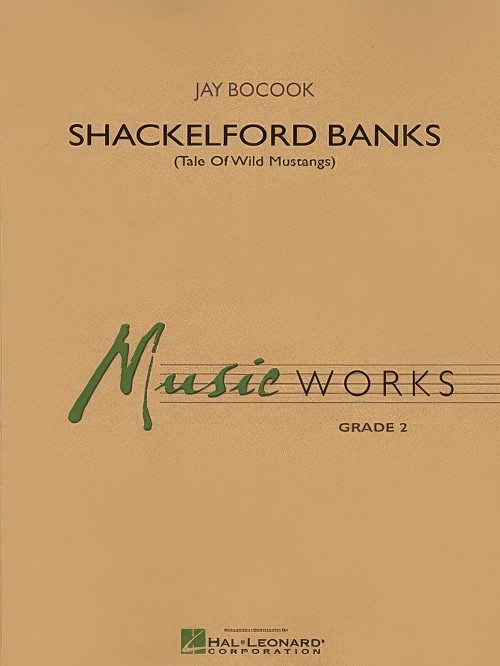 £57.50
£57.50Shackelford Banks (Tale of Wild Mustangs) (Concert Band - Score and Parts) - Bocook, Jay
Named for the uninhabited island off the North Carolina coast where wild horses still roam, this energetic original features a distinct western flavor with strong themes and solid scoring throughout. A short flute solo is featured in the tranquil opening before the trumpets take over with the robust main theme. The variety in textures and contrasting themes help make this one particularly attractive.Duration: 3:30
Estimated dispatch 7-14 working days
-
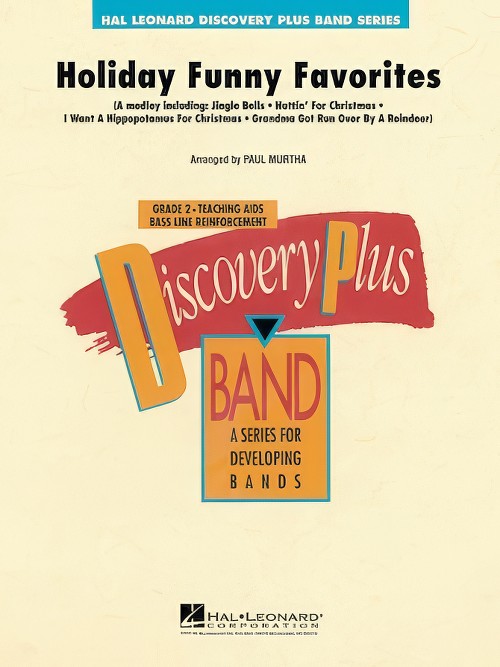 £57.50
£57.50Holiday Funny Favorites (Concert Band - Score and Parts) - Murtha, Paul
Here are the best-known outrageous classics for the holidays. Includes: I Want a Hippopotamus for Christmas, Grandma Got Run Over by a Reindeer, Nuttin' for Christmas, and Jingle Bells (barking style). Sure to bring a smile or two!
Estimated dispatch 7-14 working days
-
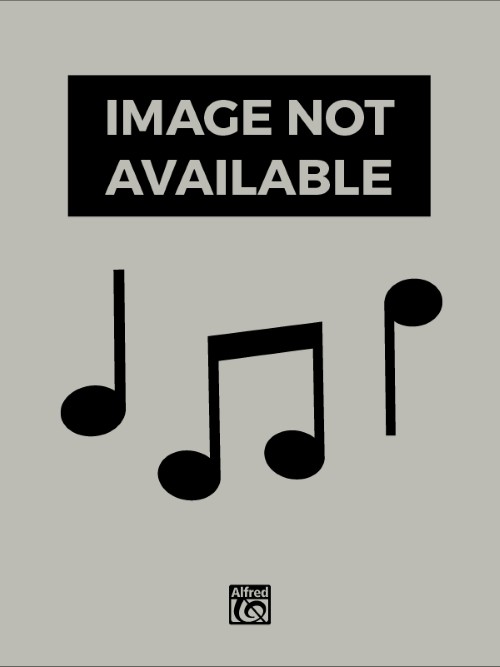 £45.95
£45.95A Christmas Tale (Concert Band - Score and Parts) - Lopez, Victor
Based on "God Rest Ye Merry, Gentlemen," this holiday tune is introduced in a pure fashion. Then, it's reprised over a percussion foundation - a new twist for the time-honored classic holiday carol. Duration: 2.10
Estimated dispatch 7-14 working days
-
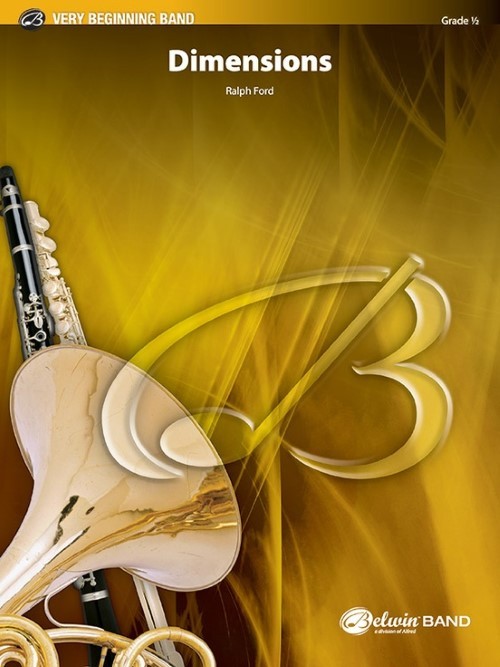 £46.95
£46.95Dimensions (Concert Band - Score and Parts) - Ford, Ralph
A grand opening is followed by a brass statement of the theme. Then the woodwinds take over, building to an exciting finish. This could easily be the first fanfare for your beginning band. Glorious and exciting, this will draw acclaim from all listeners. Duration: 2.00
Estimated dispatch 7-14 working days
